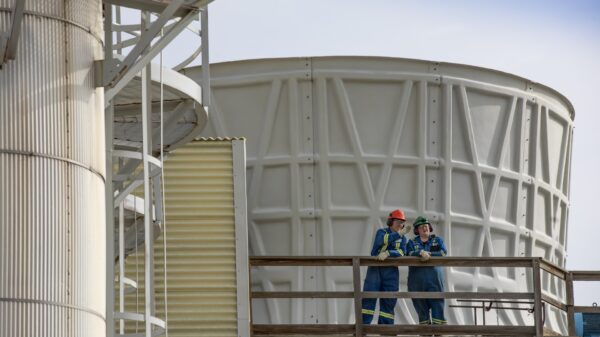Last month, the Supreme Court heard two highly anticipated cases, Loper Bright Enterprises v. Raimondo and Relentless, Inc. v. Department of Commerce, which could have a significant impact on the relationship between the federal judiciary and the administrative bureaucracy. The central issue in both cases is whether the Court should overturn or narrow the 40-year-old precedent set by Chevron v. Natural Resources Defense Council, which grants federal agencies a considerable amount of discretion in interpreting their own powers, known as “Chevron deference” in the legal world. Both sides have portrayed the stakes as high, with Roman Martinez, the attorney representing Relentless, stating during oral arguments that Chevron “violates the Constitution” and “threatens individual liberty.” In her brief, Solicitor General Elizabeth R. Prelogar wrote that overturning Chevron would have a “convulsive shock” on the legal system. Interestingly, the Koch brothers have provided significant funding to law professors arguing for the overturning of Chevron. However, as noted by Nicholas Bagley, a law professor at the University of Michigan, the potential impact of overturning Chevron is still uncertain. It is possible that the Court’s ruling on Chevron may have more symbolic value than actual practical impact within agencies and courtrooms. A prime example of how Chevron deference works is the 1984 case for which it is named. The case involved the Environmental Protection Agency’s (EPA) authority to define the term “new stationary source” in the Clean Air Act. The issue was whether this term referred to each individual source of pollution within an industrial plant, such as a single smokestack, or if it could encompass the entire plant as one combined source of pollution. The Reagan Administration EPA argued for the latter interpretation, which would allow for more leniency in updating individual smokestacks with improved technology. However, the D.C. Circuit Court of Appeals deemed this approach too lenient and invalidated it. The Supreme Court ultimately reversed the D.C. Circuit’s decision, ruling in favor of the EPA’s interpretation.




































